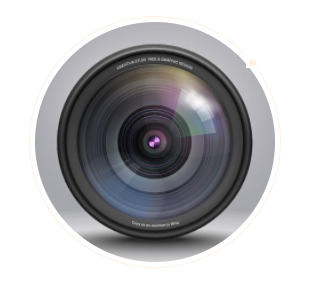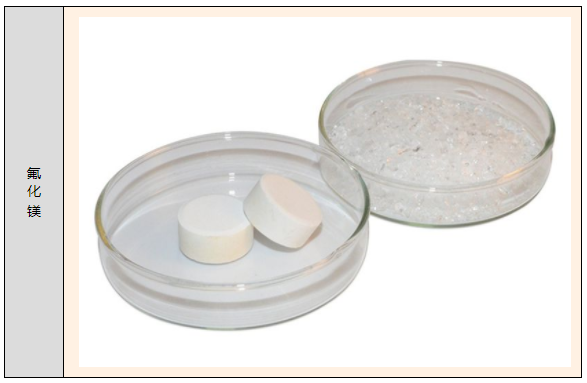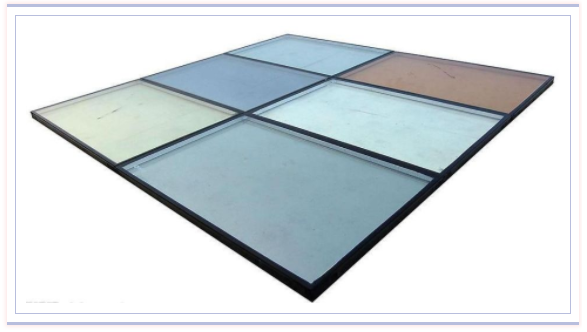+86-18052658805 | 18052655285
The main purpose of coating is to reduce reflection and improve the transmittance of lens and image quality. In the modern lens manufacturing process, the lens must be coated. According to the principle of optical interference, the lens is coated with a quarter wavelength material (usually fluoride) on the surface of the lens to minimize the reflection of the lens to the color light of this wavelength. One layer of film can only work on one kind of color light, while multilayer coating can work on many kinds of color light. Multilayer coating usually uses different materials to repeatedly coat different thickness of film on the lens surface. Multilayer coating can greatly improve the light transmittance of lens. For example, the reflectivity of each surface of lens without coating is 5%, which is reduced to 2% after single-layer coating, and that of multilayer coating can be reduced to 0.2%, which can greatly reduce the diffuse reflection between lenses of lens, so as to improve the contrast and sharpness of image.

Mgf2 is a kind of coating material. Mgf2 crystal belongs to the tetragonal system, with a melting point of 1255 ℃, high hardness, good mechanical properties, stable chemical properties, not easy to deliquesce and corrosion. In terms of optical performance, it has a high transmittance in the vacuum ultraviolet band (170 nm transmittance is still over 80%), and is widely used in optical fiber communication, military industry and various optical elements.
The main application of Mgf2 coating: coating on the surface of ordinary toughened glass, thus improving the light transmittance of toughened glass surface and realizing the function of easy cleaning, at the same time prolonging the life of glass. At present, AR coated glass can be mainly used in solar cell module, light and heat, construction, automobile glass and other fields.

Mgf2 coating is evaporated by heating and evaporating a substance to make it deposit on the solid surface, which is called evaporation coating. This method was first proposed by Faraday in 1857, and has become one of the commonly used coating technologies. Evaporated materials such as metals and compounds are placed in the crucible or hung on the hot wire as the source of evaporation, and substrate such as metal, ceramics and plastics are placed in front of the crucible. After the system is pumped to a high vacuum, the material in the crucible is heated to evaporate, and the atoms or molecules of the evaporated material are deposited on the substrate surface by condensation. The film thickness can be from several hundred angstroms to several microns. The film thickness depends on the evaporation rate and time of the evaporation source (or the loading amount), and is related to the distance between the source and the substrate. For large area coating, rotating substrate or multiple evaporation sources are often used to ensure the uniformity of film thickness. The distance from the evaporation source to the substrate shall be less than the average free path of the vapor molecule in the residual gas, so as to avoid the chemical effect caused by the collision between the vapor molecule and the residual gas molecule. The single side or double side of the high-quality glass shall be processed so that it has a lower reflection ratio compared with the ordinary glass, and the reflectivity of the light shall be reduced to less than 1%, in the range of visible light, the single side reflectivity of ordinary glass is about 4%, and the total spectral reflectivity is about 8%.

ATS is a professional manufacturer of vacuum coating materials. The Mgf2 produced by ATS is very popular with users. The specifications and sizes can be customized according to customers' requirements. Welcome to discuss cooperation!
Copyright © 2017 泰州市爱特斯光学材料有限公司 . All rights reserved